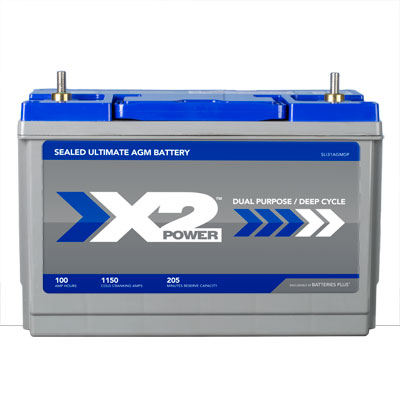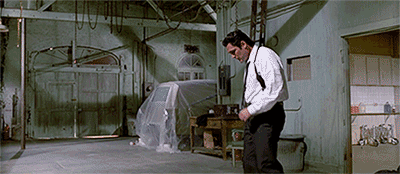Sooper weird-arse trivia from the Electronic Olden Days:
If you were able to take a brand-new battery (dry), pour in the juice and charge it fully...
...Get ready, this is gonna hurt your soul a bit:
Then short-circuit it -- without exploding the sumbitch**** -- until it is flat.
Dump out all the liquid. Replace it with distilled water <-- TINS
What you have now is a battery wherein the plates are covered with juuuust enough electrolyte and no more. The top layer covering the plates is non-conductive and attracts more of itself as it goes partially in and out of solution on the exposed top layer of the battery. This is why a battery gets weaker and weaker -- less and less of the plate surface is available.
And by coating the battery in ONE layer, then dumping out all the extra acid, the battery plates do not get double-triple coated with insulating grot.
****This was the "out-of-the-lab" poser for us back in the Olden Days. The buckled plate rate was prohibitive. But the science was simple.
Clearly, the new kind of deepie-poo batteries are made with a different process than the homely kind: The plates are electrolyte-coated before battery assembly. That's why they can be sealed. No hydrogen bubbles (eg: overkill). Kewl.
I would equate the difference as being like a car with timing and distributor cap vs the electronic controls today. Both work, but one works and always degrades.












